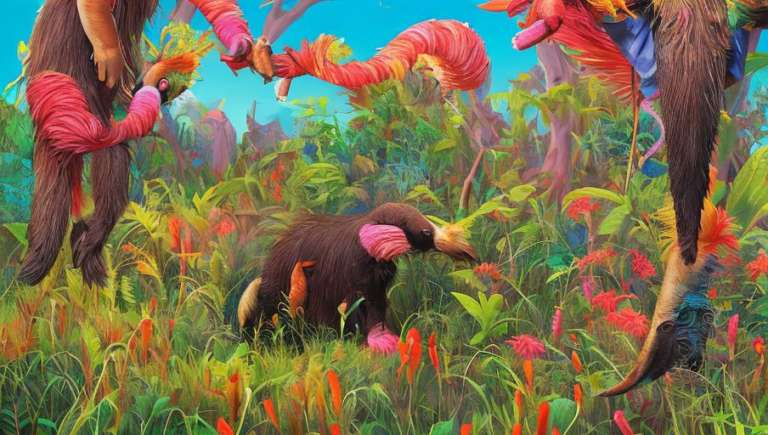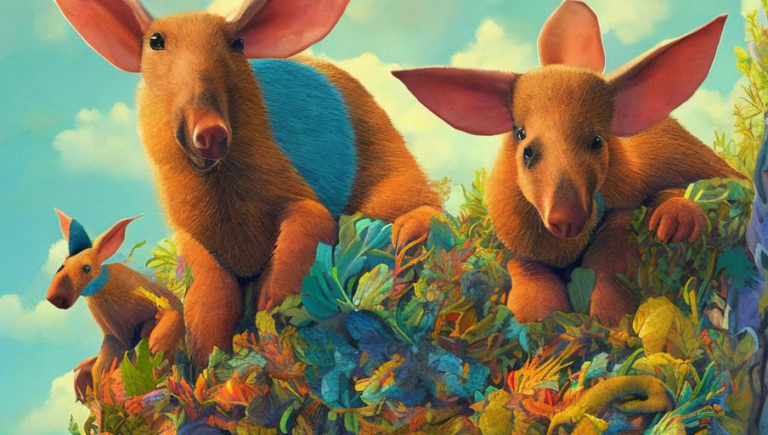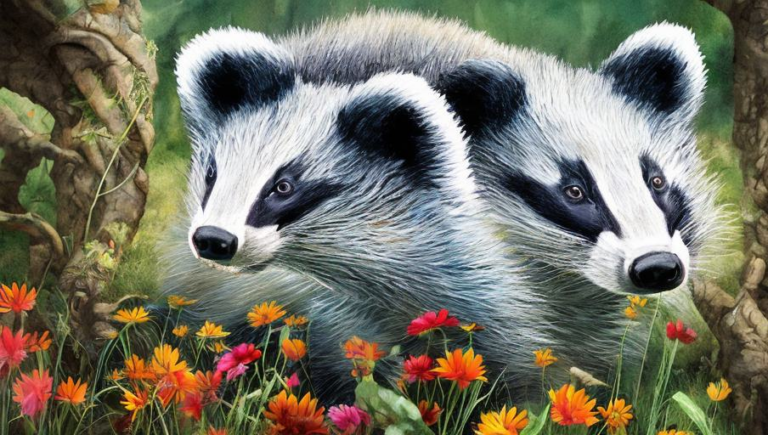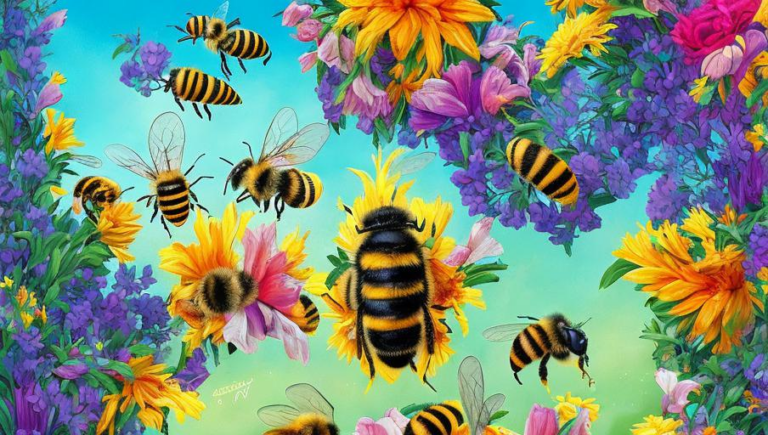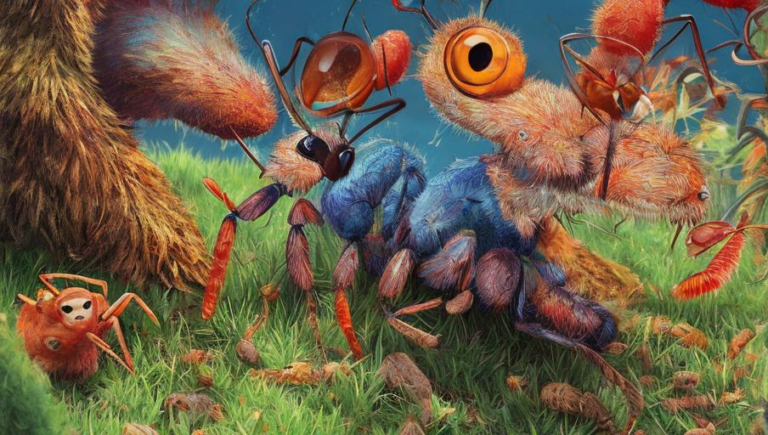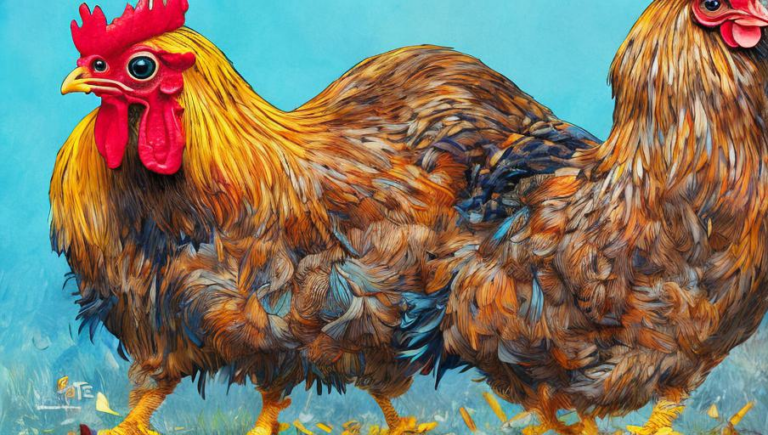The Threats Boars Face from Human Activity
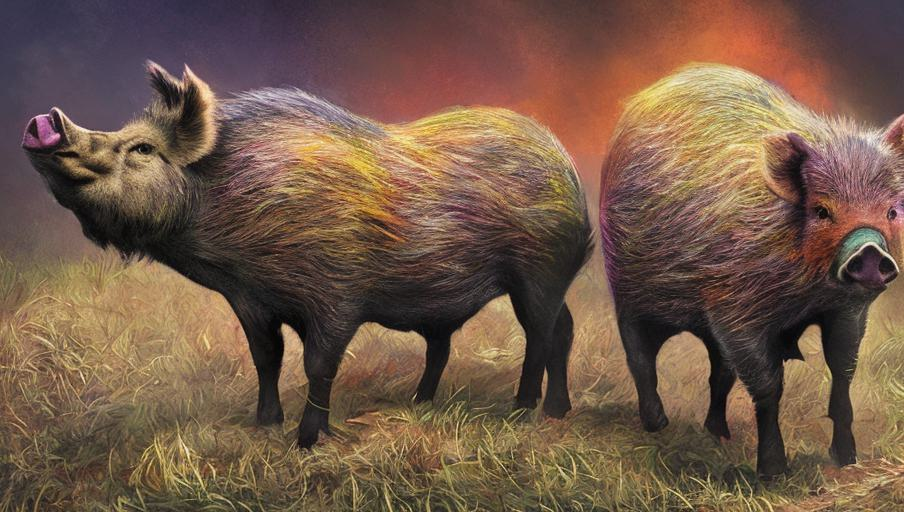
Introduction
Boar, also known as wild pigs or wild hogs, are one of the most widely distributed large mammals in the world. They are found in a variety of habitats, from deserts to grasslands, from wetlands to forests, and from agricultural fields to urban areas. Boars are an important part of the ecosystem as they help to disperse seeds and control pests, such as insects and rodents.
The Threats
Unfortunately, human activities can have a major negative impact on boars. The most significant threat is habitat loss. With increasing human populations, forests are being cut down and converted into agricultural land, and boars are being forced out of their homes. In addition, hunting and poaching, as well as the use of snares, traps and poisons, can have a devastating effect on boar populations.
Hunting and Poaching
Hunting and poaching can quickly deplete boar populations, particularly if it is done in areas where the population is already low. Boars are also sometimes hunted for trophies, or for their meat and tusks. In some parts of the world, boars are considered to be pests and are killed to protect crops or livestock. In addition, some hunters may use snares and traps, which can cause injury or death to the boars.
Loss of Food Sources
Boars are omnivorous, meaning they feed on a variety of plants, insects, and small animals. However, as human populations increase, boars are being forced to compete with humans for food sources. This can lead to boars being killed in order to protect human food sources, or simply not having enough food available to them. In addition, certain agricultural practices, such as the use of pesticides, can have an effect on the availability of food for boars.
Disease
Diseases can also be a threat to boars, particularly if the population is low or the disease is highly contagious. Diseases such as swine fever, pseudorabies, and tuberculosis can rapidly spread among boars and have a devastating effect on the population. In addition, boars can also be infected with diseases that can be transmitted to humans, such as rabies.
Conclusion
Boars are an important part of the ecosystem, but they are facing significant threats from human activities. In order to protect boar populations, it is important to reduce habitat loss, limit hunting and poaching, and ensure that boars have enough food sources. In addition, it is important to reduce the spread of diseases, such as swine fever and rabies, in order to ensure the health of boar populations. If these threats are addressed, boars will continue to be a valuable part of the ecosystem.
